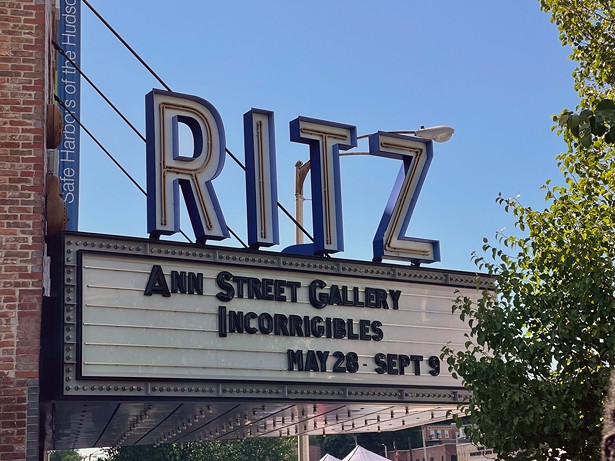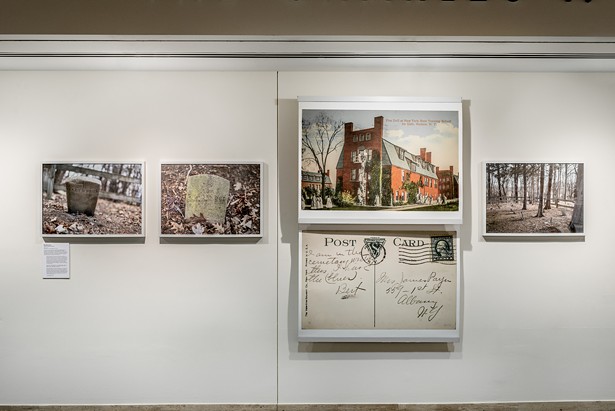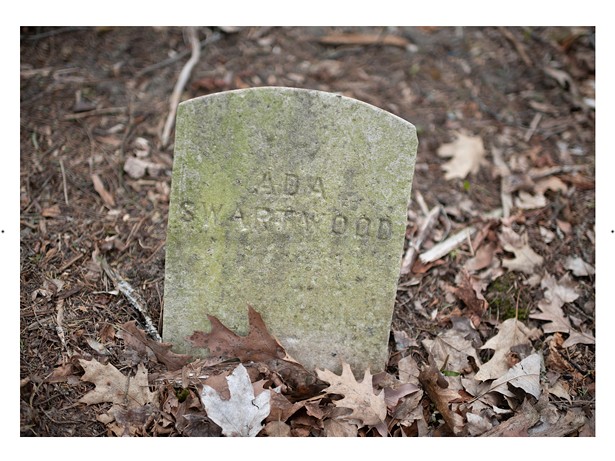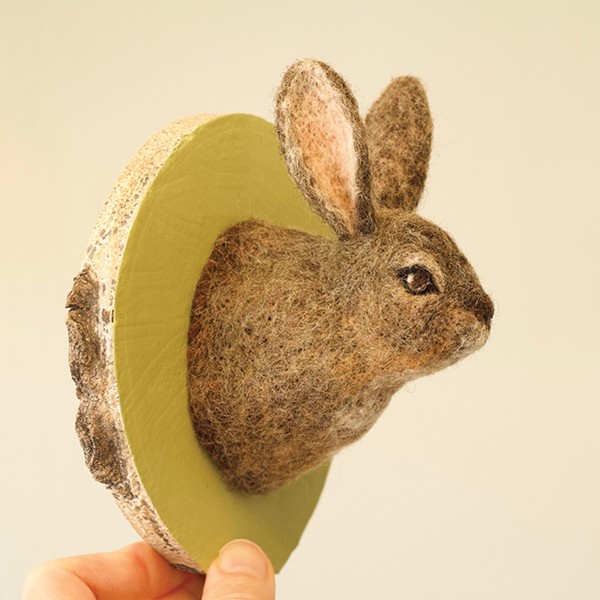“No one would’ve known about these girls if the box hadn’t been found,” remarks artist Alison Cornyn. She is referring to a box of documents an antiques dealer in Hudson bought at a yard sale for five dollars. The archives were from the New York Training School for Girls, at one time the largest correctional facility for young females in the nation. At its height, 500 residents lived in a “cottage system” overseen by housemothers, and sometimes housefathers.
While doing research in Hudson, Cornyn found the box of documents, and began studying them. This led to “Incorrigibles: Bearing Witness to the Incarcerated Girls of New York” at the Ann Street Gallery in Newburgh. The show runs until September 9.

Founded in 1904, the Training School housed girls ranging in age from 12 to 18. Some were remanded for extremely minor offenses, such as playing hooky or running away from home. The average stay at the Training School was two years. Examining the records shows that many girls were victims of sexual or physical abuse before they arrived. They were often described by a judge as “incorrigible”—meaning “incapable of being corrected.” The term creates a paradox; why attempt to “correct” someone who’s beyond hope? (Governor Cuomo signed a bill in 2021 removing the word from the Family Court Act.) Photographs of “incorrigibles” from the 1920s show young, dreaming faces—and long dresses.
One of the inmates was 15-year-old Ella Fitzgerald, described by the court as “ungovernable…will not obey the just and lawful commands of her mother.” At the Training School, Fitzgerald lived in segregated housing, and was forbidden to sing in the choir because she was Black. She never spoke of her experience at Hudson, and when invited back by a later superintendent to speak to the girls, refused.
A class-action suit by the NAACP ended segregation at the institution in 1938.
Most schools—even ones that close—have alumni associations, but the Training School does not. Cornyn has become a de facto link between former inmates, and also their families. Relatives of residents discover their connection to the school through Ancestry.com and contact Cornyn. (Census records show girls who lived at the facility.) One family member was searching for a baby who was born at the Training School and removed from his mother. Cornyn has created a “testimony archive” of recorded interviews with inmates and relatives.
What do you call art that seeks to transform the world? The current term “social practice art” seems inadequate. Cornyn has found a lawyer to help two former inmates pursue cases of sexual abuse at the Training School in the 1950s. Both litigants are now in their 80s. “I would do anything for these women,” says Cornyn. “I mean, they’re amazing.”
Contemporary art tends to be unemotional, but this exhibition activates pity and anger. Watching the video Incorrigibles, I wept.
“The only issue, that is always an issue, is funding,” Cornyn remarks.
Rich people generally don’t buy this sort of artwork. She receives grants from Humanities New York, sells T-shirts and tote bags, but it’s never quite enough. Still, miracles occur. Cornyn was searching for a way to record stories of former inmates at the gallery, when a friend of a friend donated a $14,000 state-of-the-art recording booth.















